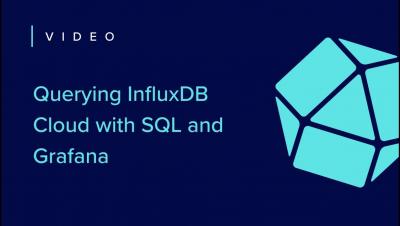Operations | Monitoring | ITSM | DevOps | Cloud
Analytics
Distributed Database Architecture: What Is It?
Databases power all modern applications. They’re behind your Angry Birds mobile game as much as they’re behind the space shuttle. In the beginning, databases were hosted on a single physical machine. Basically, it was a computer running only one program: the database. Then we moved to running databases on virtual machines, where resources are shared among multiple operating systems and applications.
A Guide to Regression Analysis with Time Series Data
This post was written by Mercy Kibet. Mercy is a full-stack developer with a knack for learning and writing about new and intriguing tech stacks. With the vast amount of time series data generated, captured, and consumed daily, how can you make sense of it? This data is projected to grow up to 180 zettabytes by 2025.
Things to Consider When Optimizing Cloud Infrastructure Costs
The TIG Stack in IIoT/OT
Many industrial operators find themselves amid yet another industrial revolution. Deeper insight through artificial intelligence (AI) and machine learning (ML) integrations characterize this fourth wave (or Industry 4.0). Data is no longer just a record occupying server space. It’s alive and providing value. Real-time insights work in tandem with historical records, painting a complete picture of the lifespan of a piece of machinery and/or its components.
A Detailed Guide to Formatting Dates in SQL
In modern software applications, time-stamped data is a common requirement. As a software developer or database administrator, you know that formatting dates is crucial for ensuring data accuracy and consistency. But with so many date formats and SQL engines out there, it can be challenging to find the right way to format dates for your specific needs.
Tutorial: Querying InfluxDB with SQL and Grafana
Redis Strings
SQL Date Functions: A Detailed Guide
SQL provides a date type that developers can use to store date values. Also, to make working with dates easier, SQL has several date functions for retrieving, formatting, and manipulating dates. In this post, you’ll learn about some SQL date functions and how to use them.











